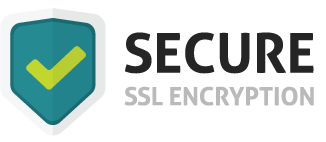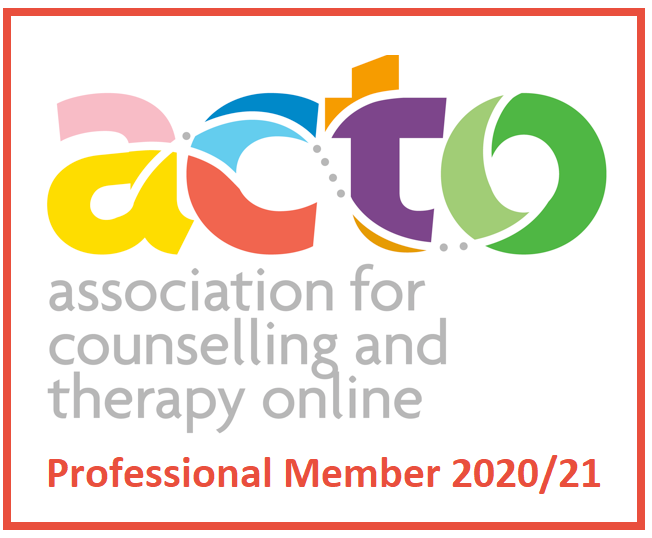Paperwork Packet for Online & F2F Therapists
Testimonials:
"First impressions, brilliant! Really easy to download, and to modify, professional looking and it’s amazing that you have included different colour templates. I’m really impressed and I am looking forward to adapting these to my requirements" Jess, Clinical Psychologist and Coach in private practice
“I'm so glad I purchased the therapy templates from you in early 2023, just as I was starting my private practice. They've proven to be incredibly useful, and I send the documents to each new referral. Thank you for doing all the hard work in setting them up!” Samia, CBT Therapist in private practice
Setting up an online or F2F therapy and supervision private practice? Need to make sure your online therapy or supervision is delivered, safely, ethically and effectively? Many people do not know where to start when it comes to writing an Online Therapy Contract, Terms and Conditions or Consent Forms:
And then there is the minefield of how to manage email communications with your client, deal with social media contact or, for CBT practitioners like me, having to record therapy or supervision sessions for BABCP accreditation. You might find these policies useful:
There are also the mechanics of preparing your clients for a video call session. How do you advise them? What should you do as a therapist to prepare? Fear not – I have produced these too:
After completing training and seeking expert advice I developed these documents for use in my own online therapy and supervision practice. Testing them out and refining them has taken many hours of hard work! After receiving lots of requests from colleagues to share them, I am finally making them available for you to purchase so you don’t have to sweat blood and tears like I have had to! I am making them available as customisable Word documents and PDF templates so you can tailor them to your online psychology or counselling private practice. Each PDF template* is available in five different colourways with space for you to insert your logo so they match your personal branding. The documents have been reviewed and edited by a lawyer to ensure they cover the necessary GDPR and legal requirements for therapists working under English legal jurisdiction, whether they are seeing clients resident in the UK or internationally.
How to use them
I personally use all of these forms combined because I do not think any single one contains everything it needs to. I decided not to put everything in one long form because it it is too overwhelming for a client. Instead I give them spaced out over the first few sessions. I don’t always use the ‘Consent to Share’ one unless there is something I am very concerned about and need to communicate to someone else. I use WriteUpp and I take client consent using the inbuilt ‘Consent’ function. If you don’t have WriteUpp, I have provided email templates to accompany the documents. You’ll see that there is an emphasis on video therapy, rather than conducting therapy by text, chat, avatars or email. This is because that is what I find most clients want, and therapists too. However, most of the principles are the same and therefore these documents should be useful to you too if you work via these modalities.
I’ve shared my step by step guide on how and when I use them. I know from personal experience it can be really hard to know when to send contracts and consent forms. It took me a long time to work out a system that worked: send too many at once and people don’t do them and you have to chase, thus wasting time. Send them too late and you are working unprotected.
I hope you find this useful! It’s certainly something I wish I had had when I first set up on my online therapy private practice.
When to use them: a step-by-step guide
1. Immediately after the client first books their session:
For clients: Client Details Form
This collects information about their name, address, contact details, preferred method of contact and consent for leaving messages, GP details and consent for contacting them, next of kin/emergency contact details, a short explanation why I collect that info including limits of confidentiality and special arrangements for clients outside the UK, consent for collecting anonymised data for service evaluation and audit purposes.
For supervisees: Supervisee Details Form
I collect the same consents but in addition I ask for their line manager and professional accrediting body if in the event I am concerned about their professional practice.
2. When I send out the first invoice prior to the session:
I always take payment before my sessions and at the bottom of the invoice email I provide my T & Cs. This informs them of my fee, cancellation policy including special arrangements for clients late or having difficulty connecting via telephone or video call, basic guidelines about confidentiality and technical glitches, connection loss and arrangements for that, and under what circumstances I will waive a fee if there is a connection loss.
3. Once the client has paid and the online session is confirmed:
I send out an Email to clients preparing them for their first appointment by video call (this includes the online link to their video session and directs them to read the following document:
-
- Preparing for Your Video call (if a client) or
- Preparing for your Supervision session (if a supervisee).
These documents give practical tips about maximising call quality, and a Plan B if technical glitches arise. Tips around protecting confidentiality and privacy of the call are also provided with photos of how to operate basic functions such as audio and video on the screen. I encourage people to use Ethernet where they can and because in my experience people often don’t know what this is because they have become so used to wifi I provide the Guide to using Ethernet. This has photos of what an Ethernet socket and lead look like and explains why it is worth connecting this way if possible. I use Zoom and I have made a picture guide on Ways to Join a Video call
4. Just before the first or second session:
Data Protection and Privacy Consent
This provides all the necessary statements regarding how I meet my obligations under GDPR. In it I name the electronic products I use to run my practice as these are ways their data is processed. There is a statement about the legal jurisdiction that the work is taking place under (particulary relevant for clients outside the UK) and what they can do if they wish to raise a complaint.
5. At the end of the assessment phase and when we are ready to start therapy:
This contract applies to both face to face and online therapy as there is a sub-section on online therapy for those clients who are receiving therapy that way. I don’t use separate contracts because it is a) less onerous for those clients who see me online and face to face, b) less admin for me c) it is unnecessary as the single document contains appropriate information for both situations.
Contract for Email and Phone communication
At this stage I set clients up with a free encrypted email account and share the Email and Phone Contract. I go over what the focus of therapy will be, how many sessions we contract initially, when we’ll review, when and how we meet and what my fee will be. The contract also explains the benefits and drawbacks of online therapy and what my personal therapeutic approach is, what I expect of them and what they can expect of me. There is a statement about dual relationships and boundaries, social media contact outside the therapeutic relationship and finally their consent is gained to participate in therapy sessions. When consenting, clients are directed to read my Social Media and Communications Policy and Audio-Visual recordings Policy.
6. As therapy unfolds if needed:
I will already have gained consent regarding GP contact, but if I need any other consent I send this form out at that point.
* Please note the PDF templates are partially editable. You can insert your logo and company name and fields are available for clients to insert their information. However, as they are PDFs certain formatting features are fixed. You can however fully edit the Word documents which contain identical content.





